Identifying shapes Addition Worksheets for Ages 6-8
24 filtered results
-
From - To
Discover our engaging Identifying Shapes Addition Worksheets designed specifically for children aged 6-8! These interactive worksheets combine foundational math skills with shape recognition, making learning both fun and effective. Perfect for early grade teachers and parents, our resources help young learners enhance their addition skills while simultaneously identifying various shapes. Each worksheet is crafted to provide a balanced blend of education and enjoyment, ensuring that kids develop their math prowess without feeling overwhelmed. Explore our collection today and watch your child blossom in both math and geometry! Ideal for home or classroom use, foster a love for learning with these enjoyable activities.
Identifying shapes and mastering addition are fundamental skills for children aged 6-8. Parents and teachers should care about these concepts for several important reasons.
First, recognizing shapes develops spatial awareness, which is essential not only in mathematics but also in practical life skills. Children learn to identify and categorize shapes around them, fostering observational skills that aid in tasks like organizing their environment and navigating spaces.
Second, addition lays the groundwork for essential mathematical operations, enhancing problem-solving abilities. Group activities involving shapes and addition may encourage cooperative learning, fostering social skills as children interact and collaborate with peers.
Moreover, integrating shapes with addition offers a multifaceted learning experience. For instance, counting sides or angles in geometric shapes while adding can deepen understanding of both mathematics and geometry. This interdisciplinary approach makes learning engaging and relatable.
Furthermore, mastering these concepts has long-term academic implications. Research indicates a strong foundational knowledge in early childhood predicts later success in more advanced math topics. Hence, attention to identifying shapes and addition not only nurtures critical thinking and creativity in young learners, but also cultivates a solid groundwork for future academic achievements and daily life responsibilities. Encouraging these skills supports holistic cognitive development.
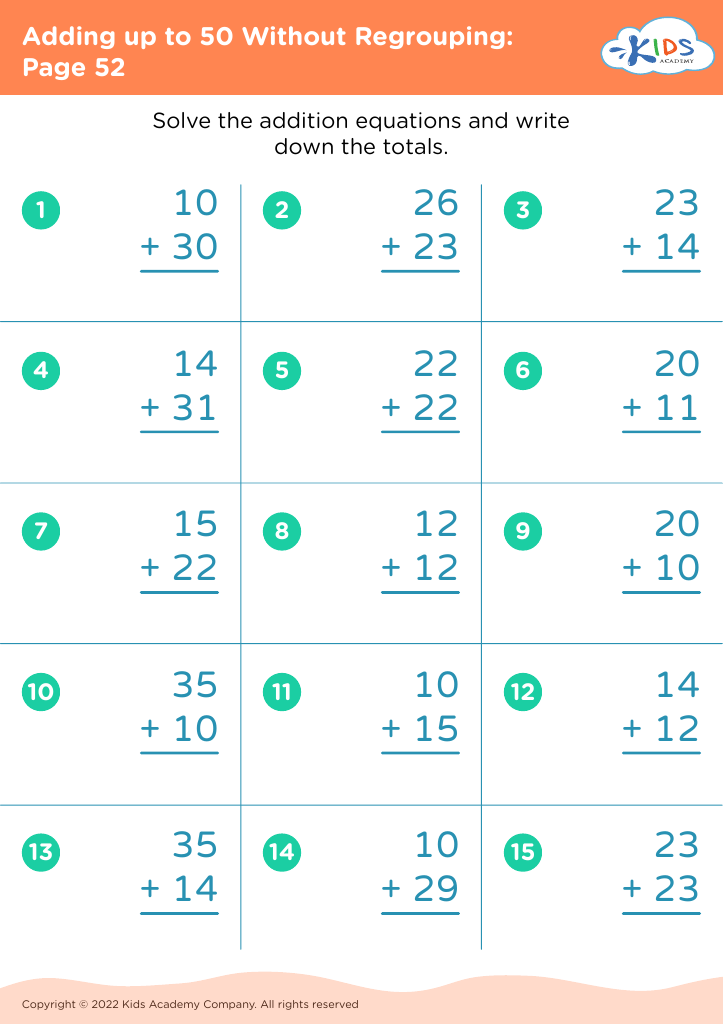

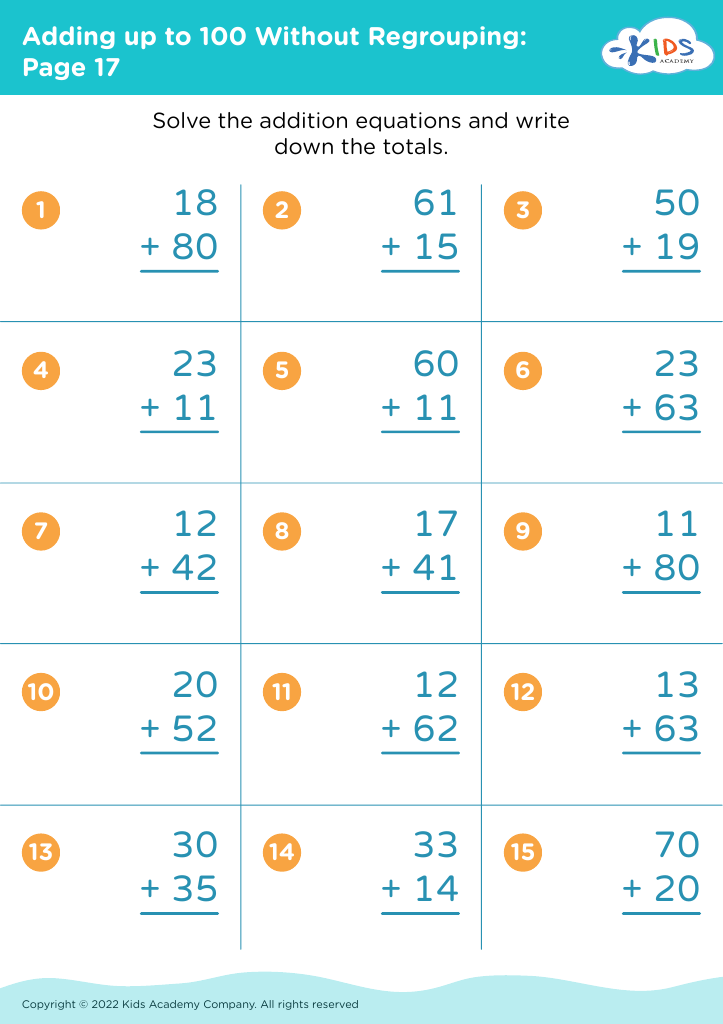
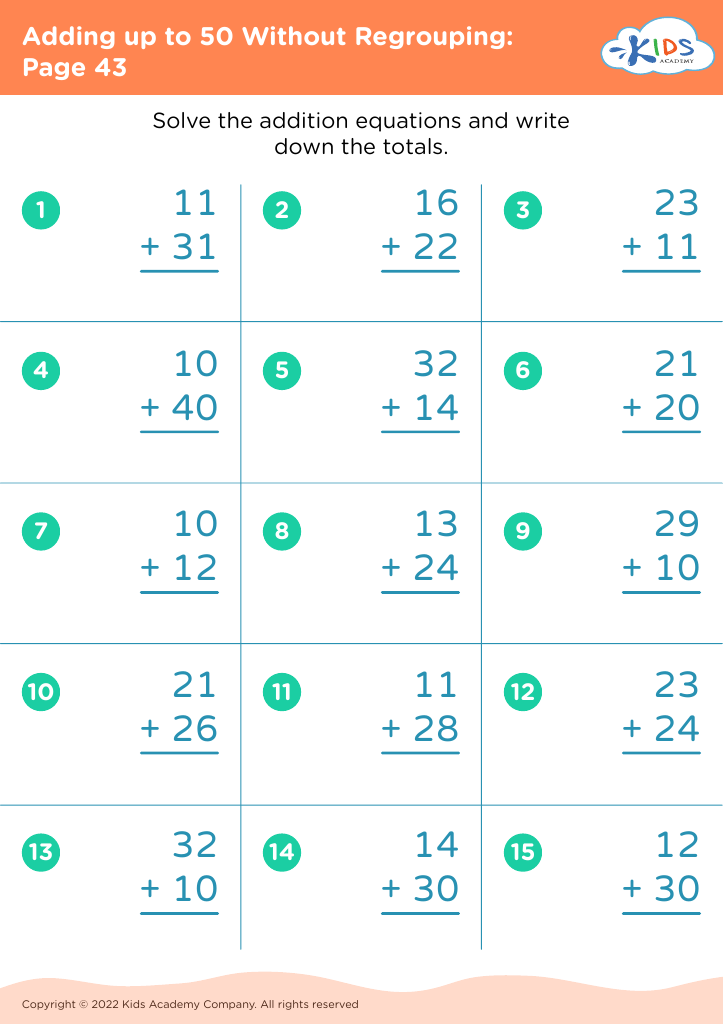
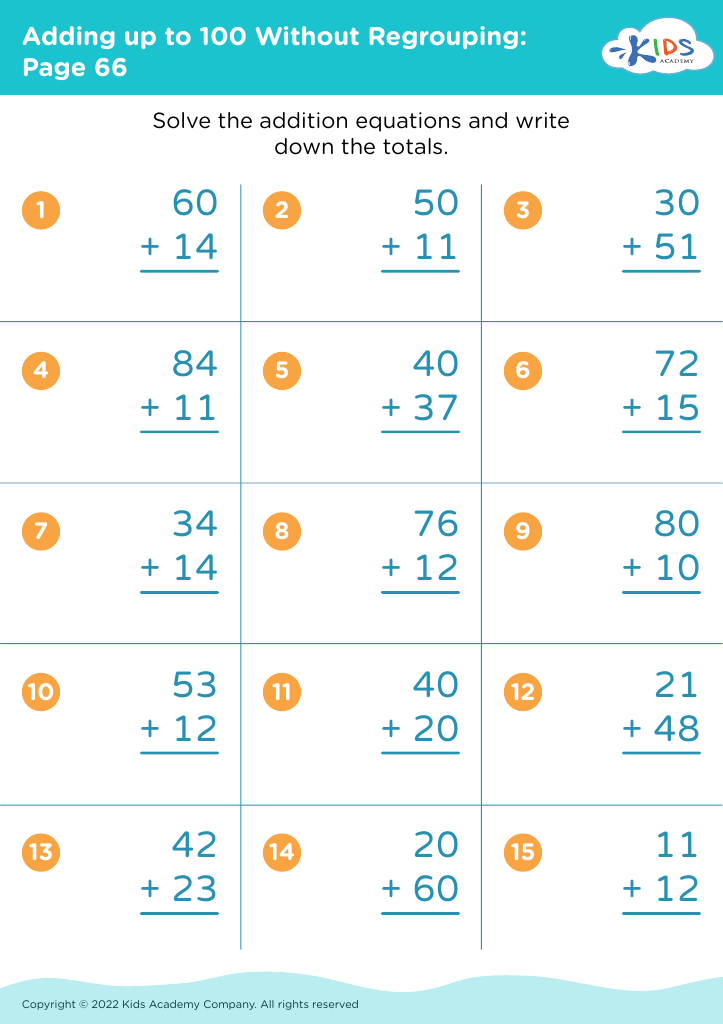
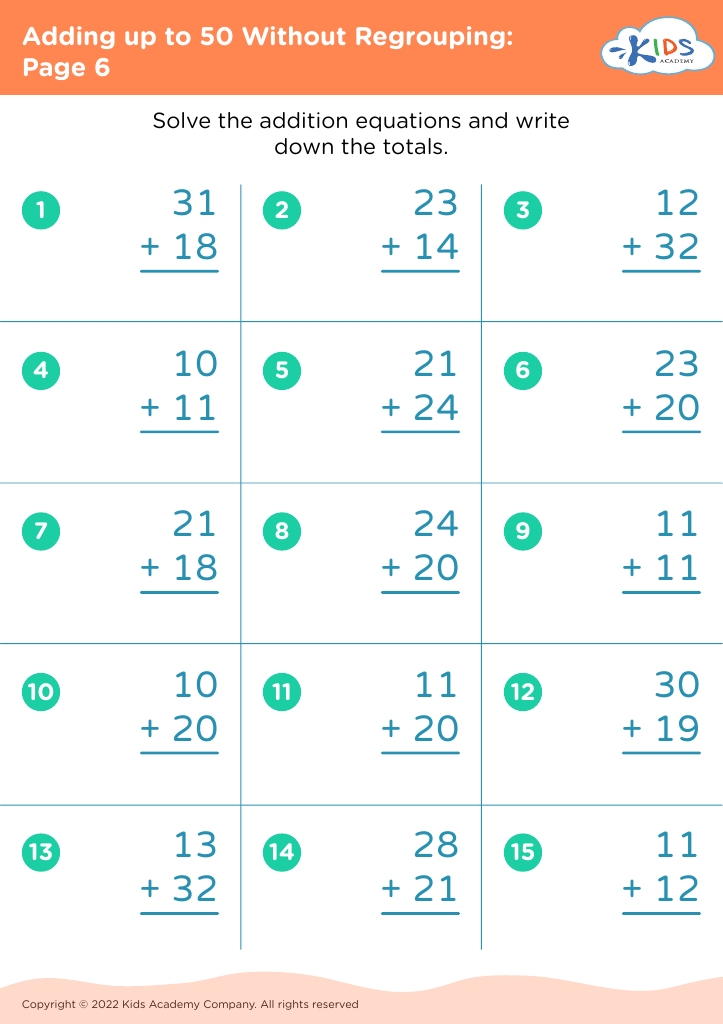

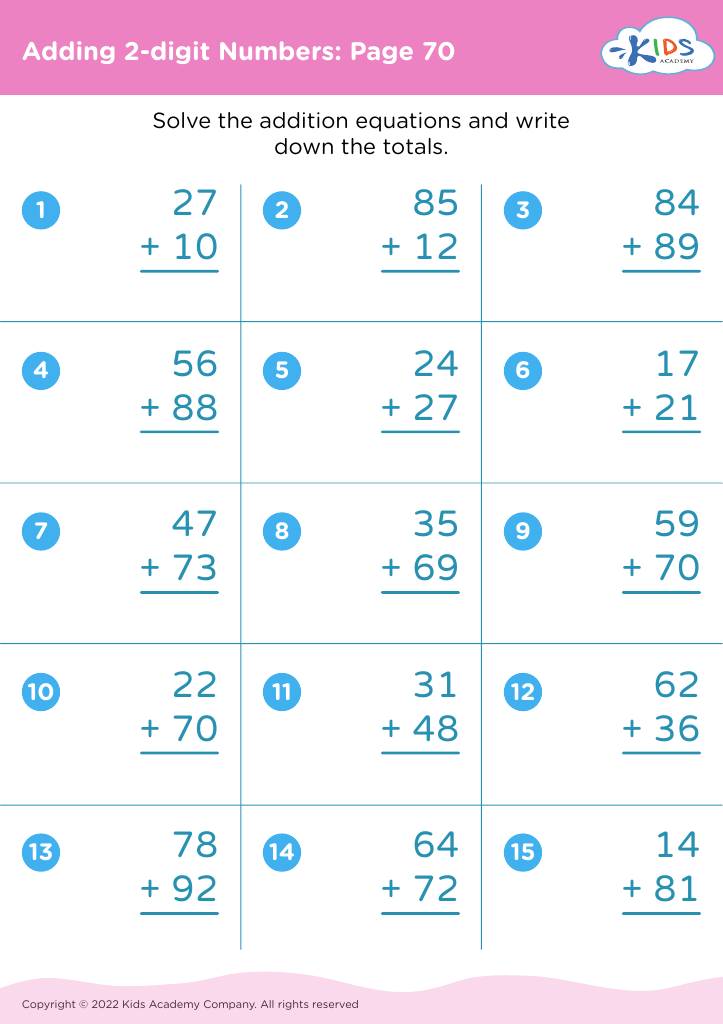
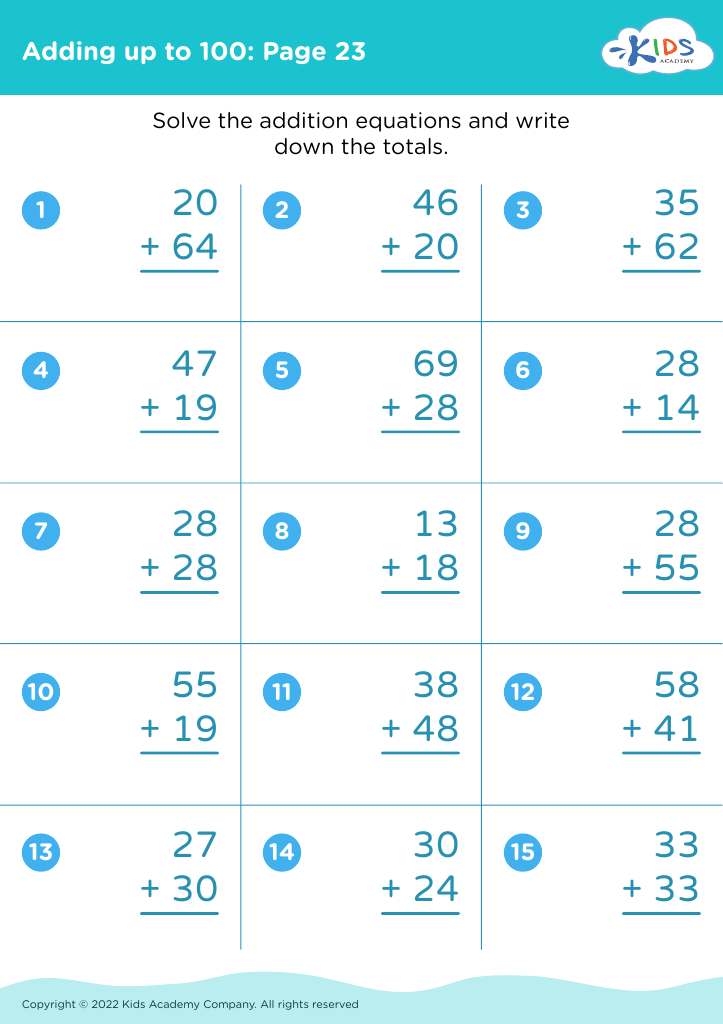
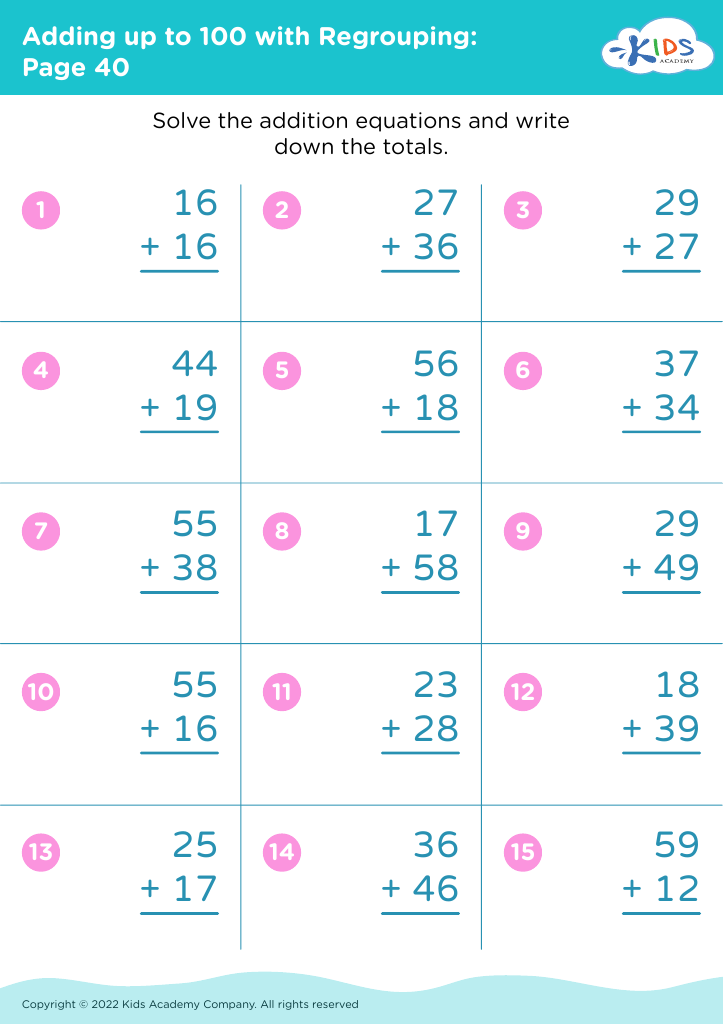
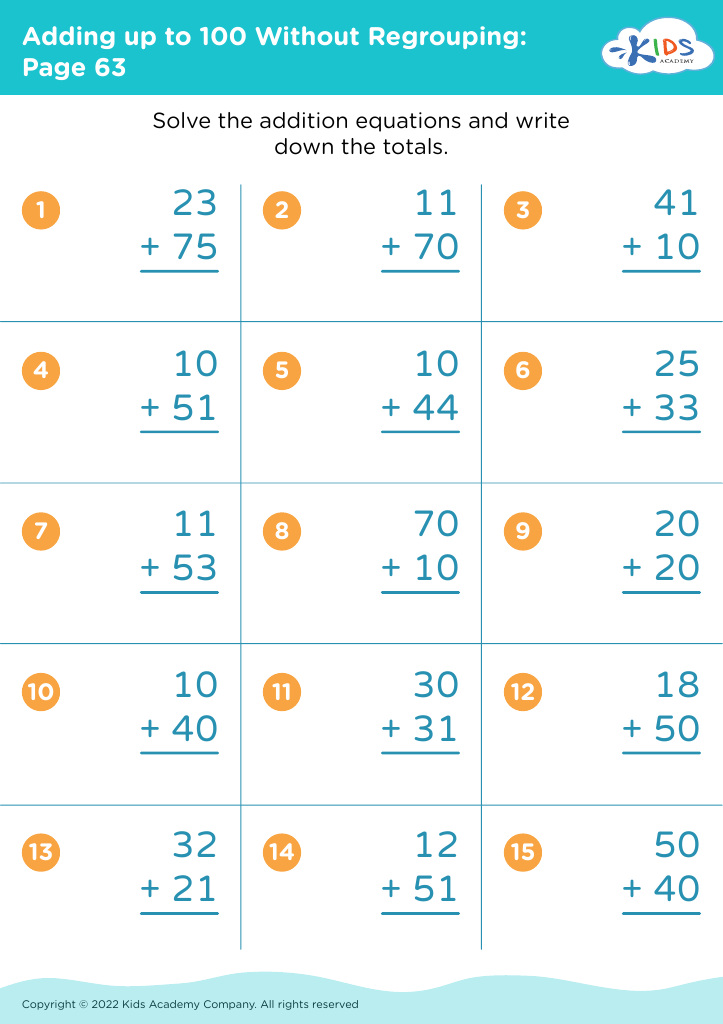

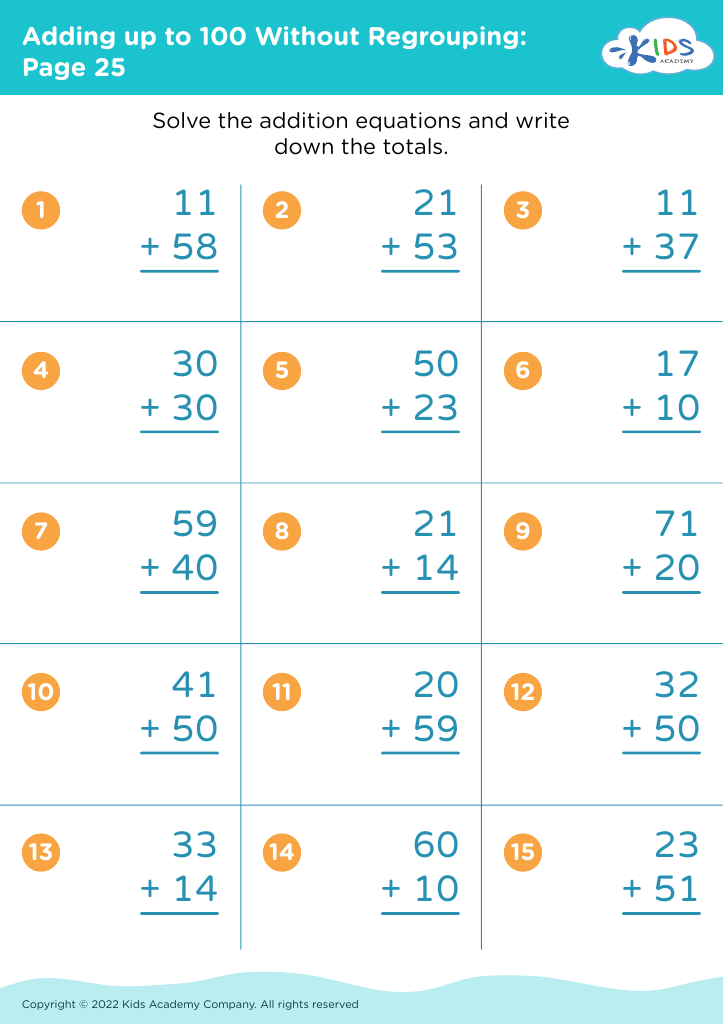
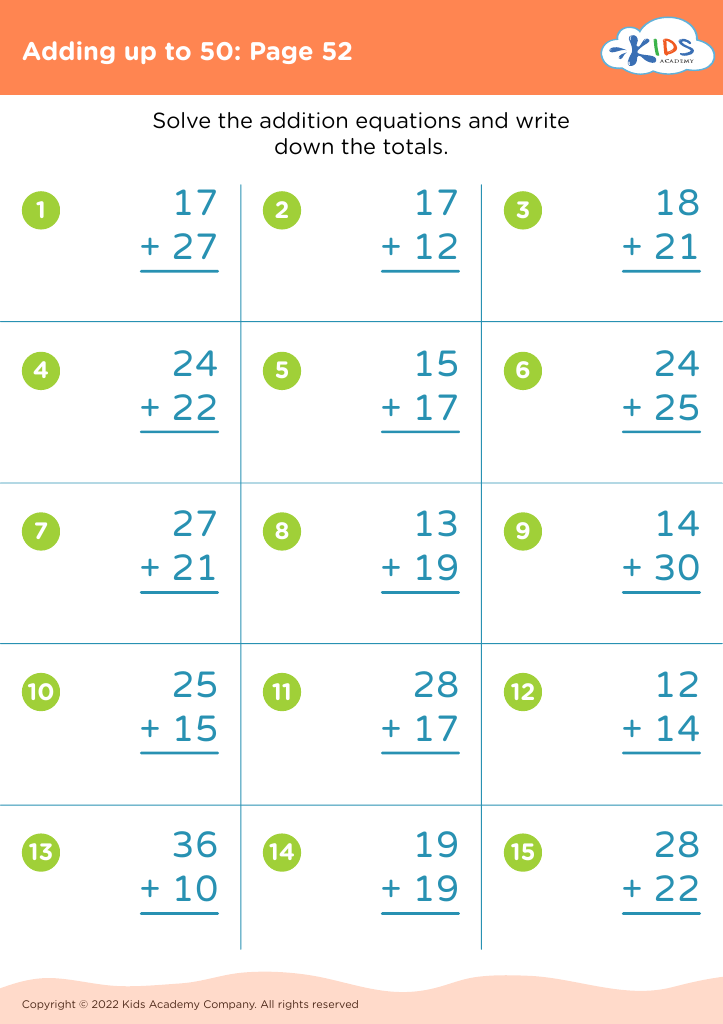
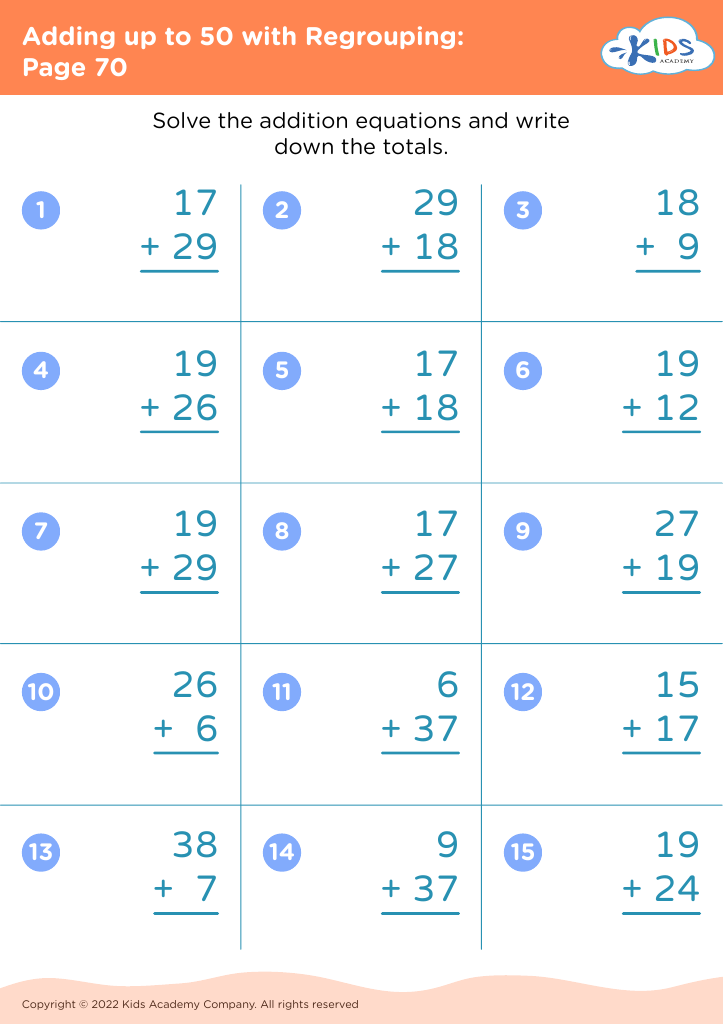
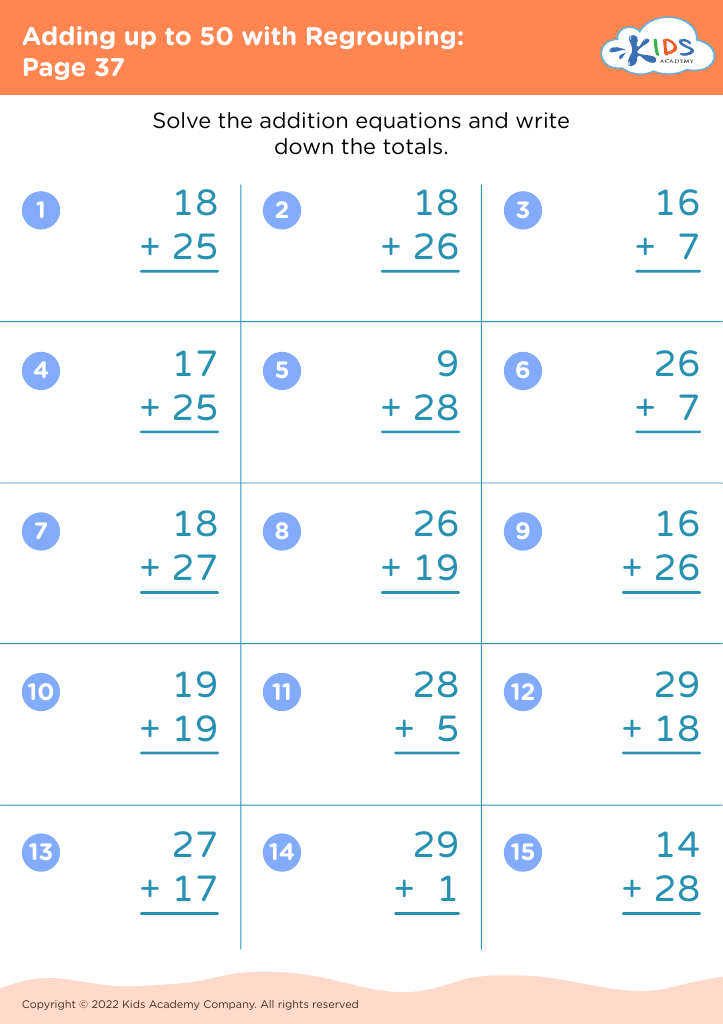
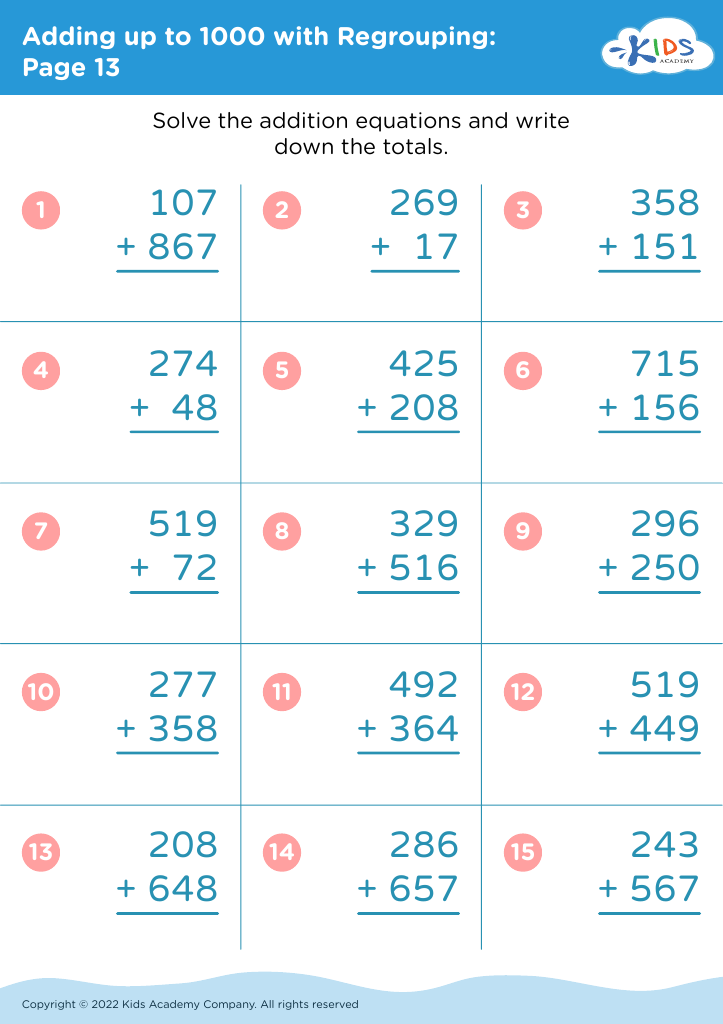
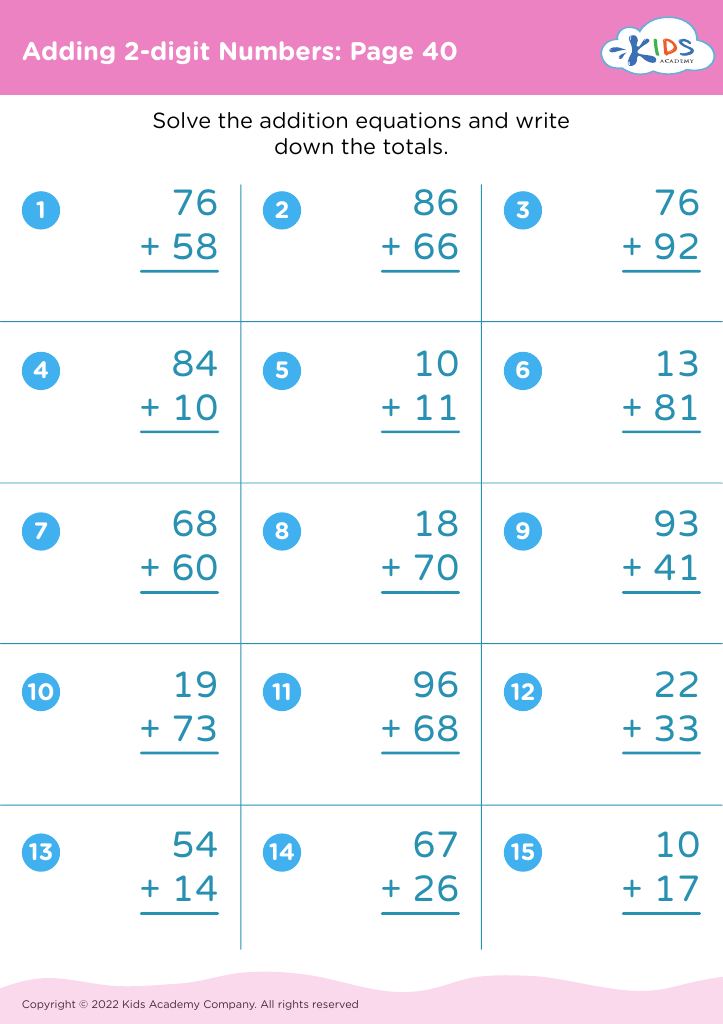
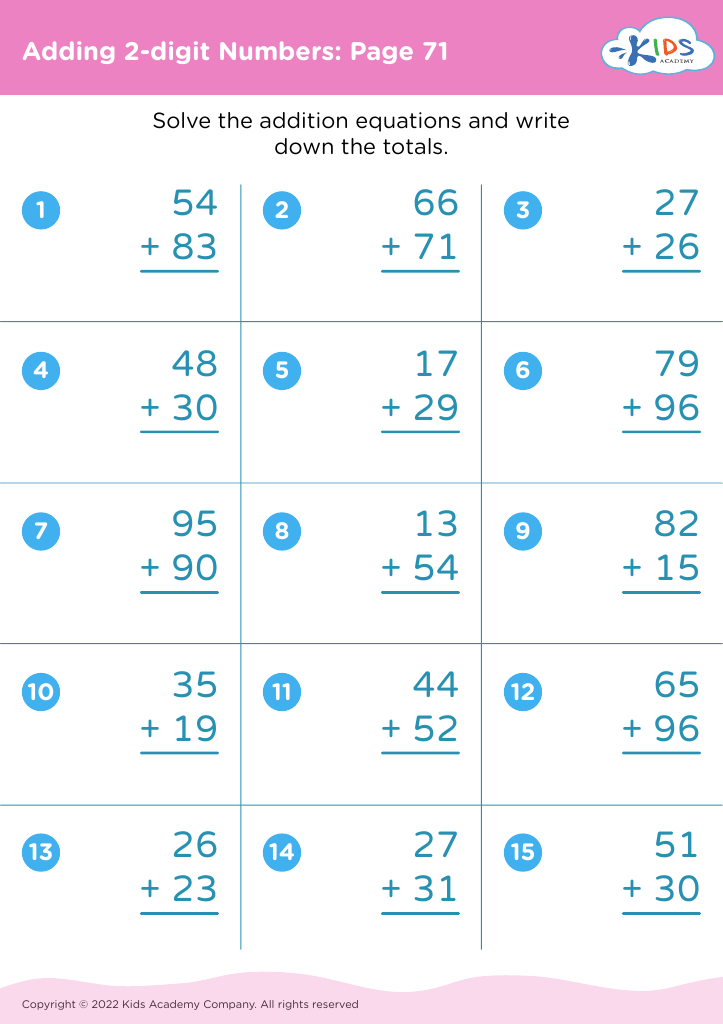
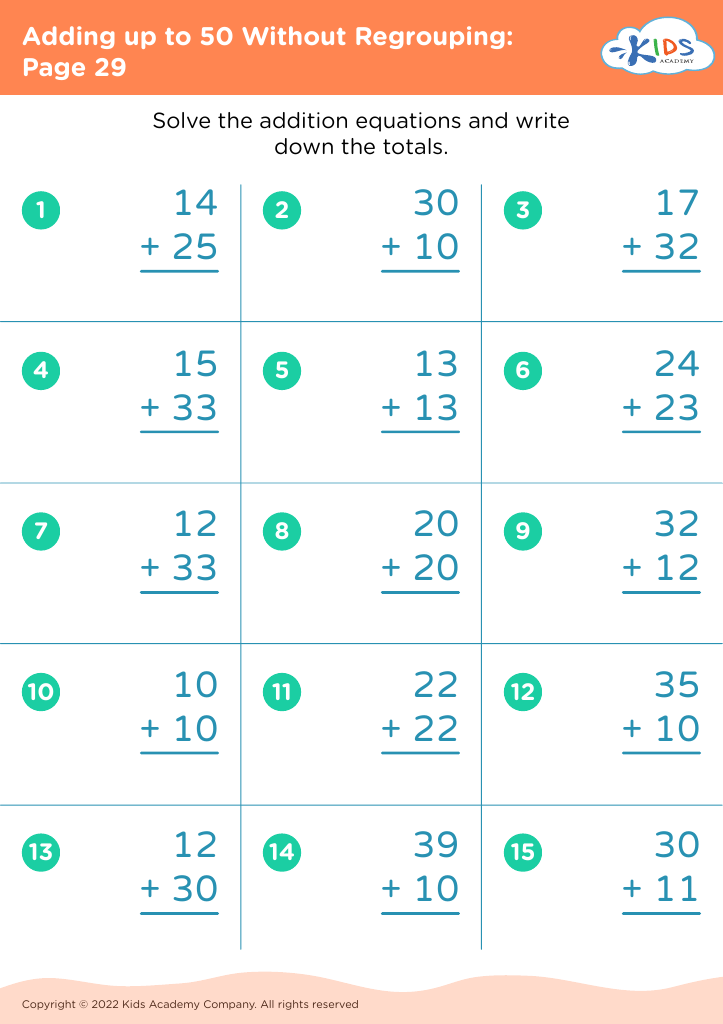
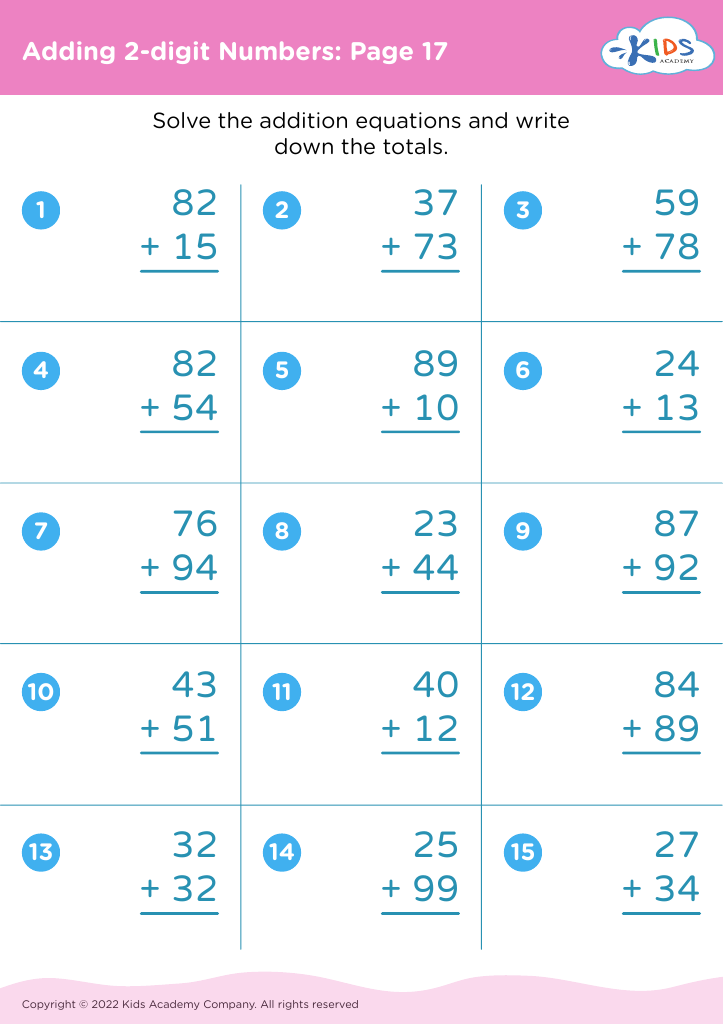
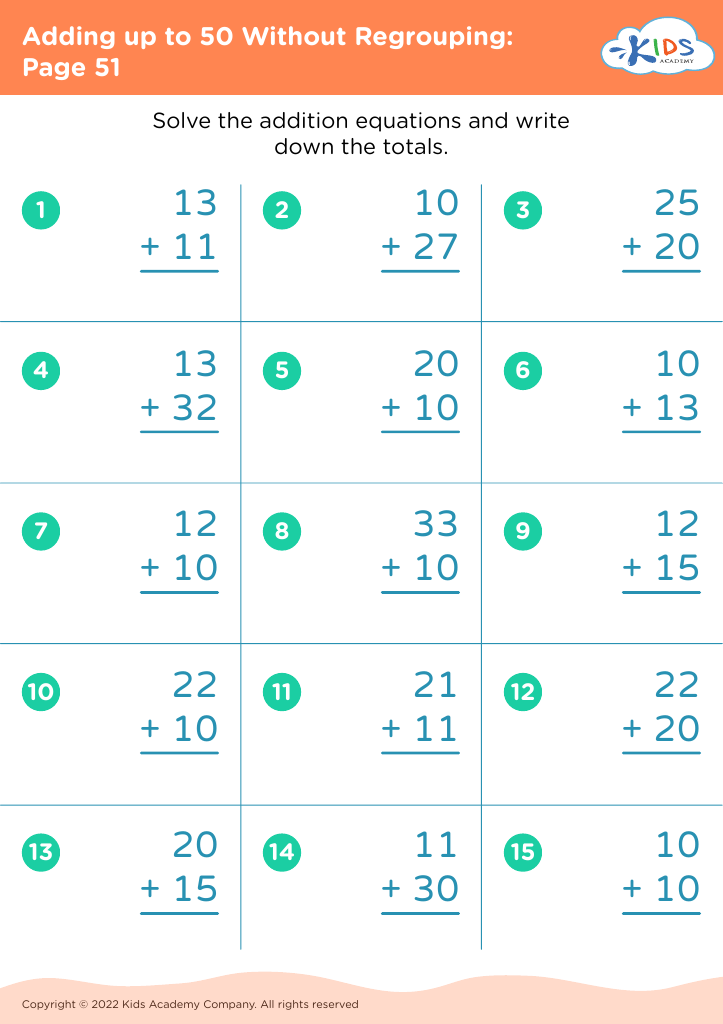
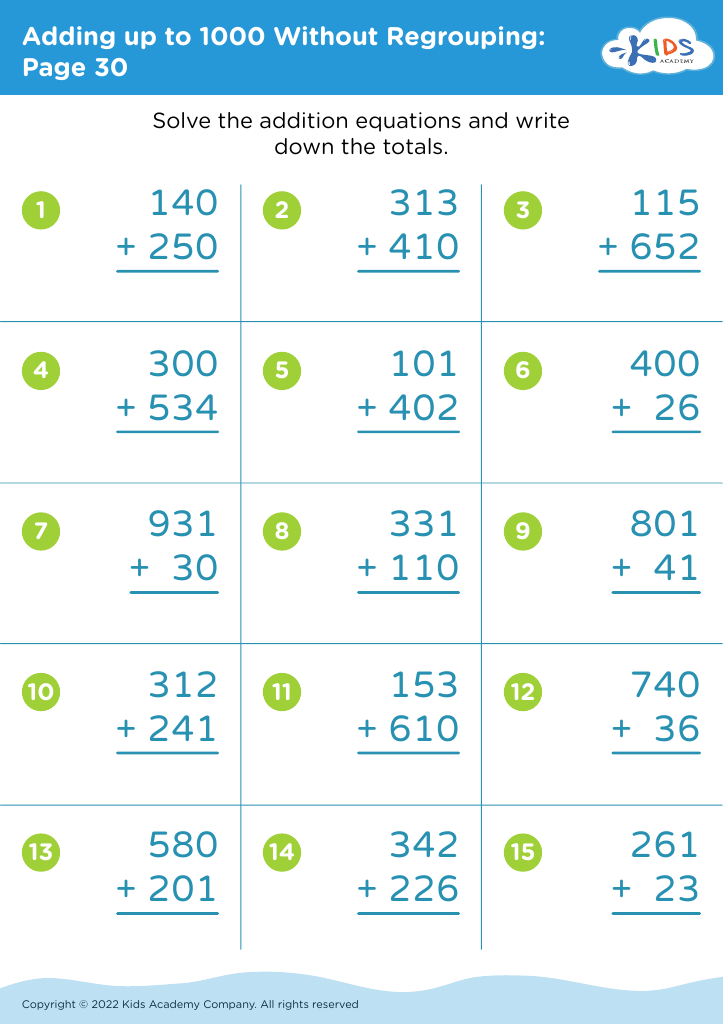
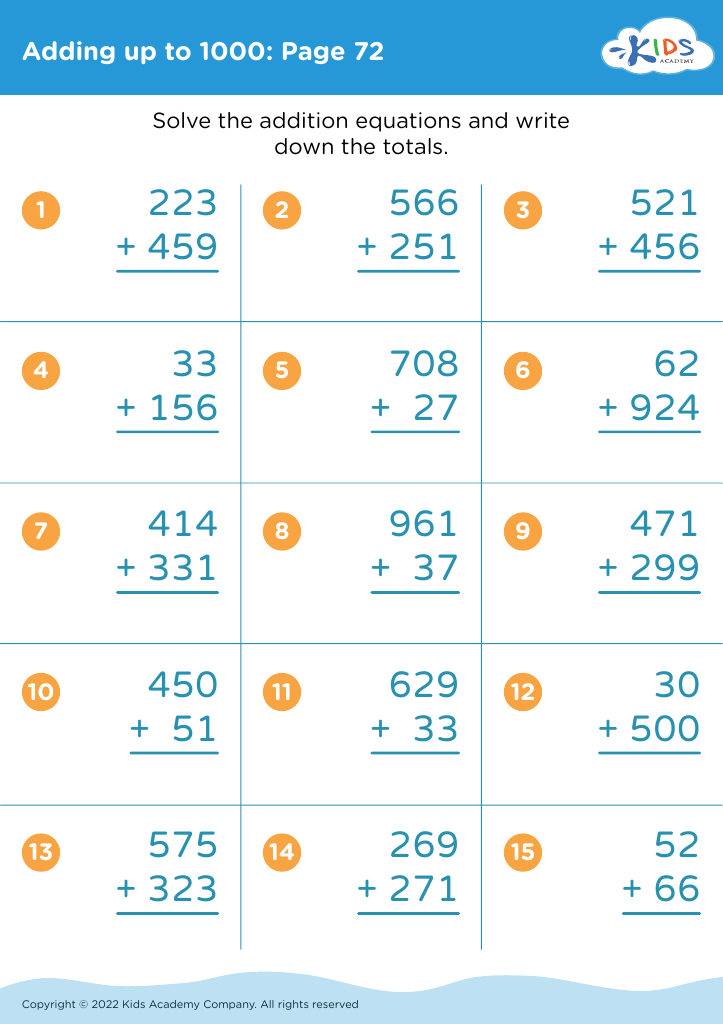
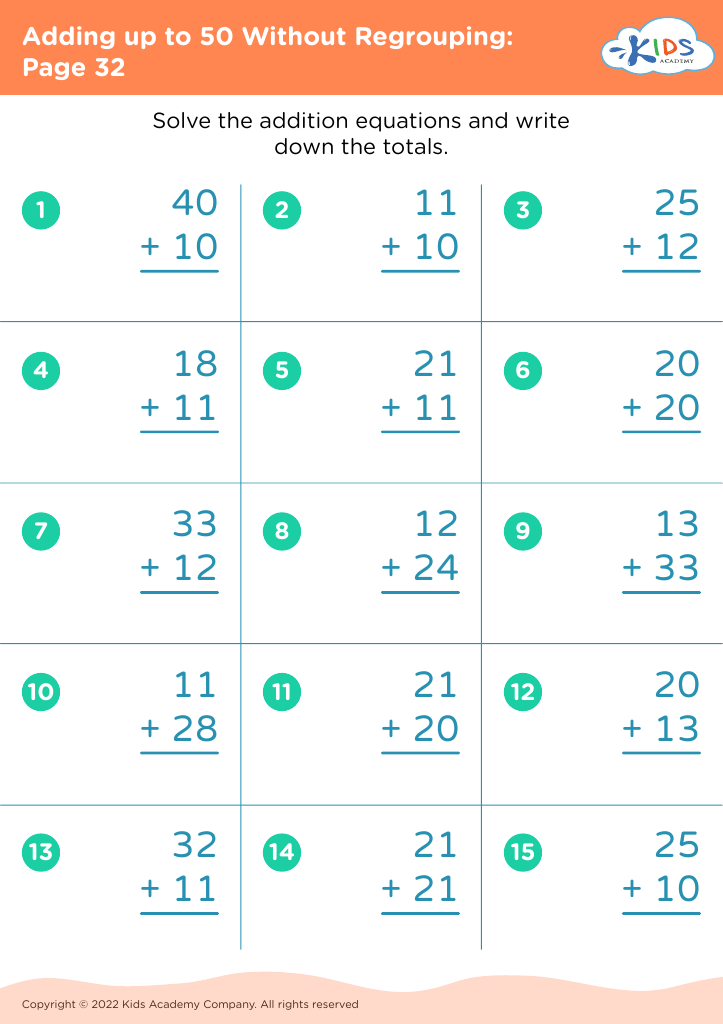
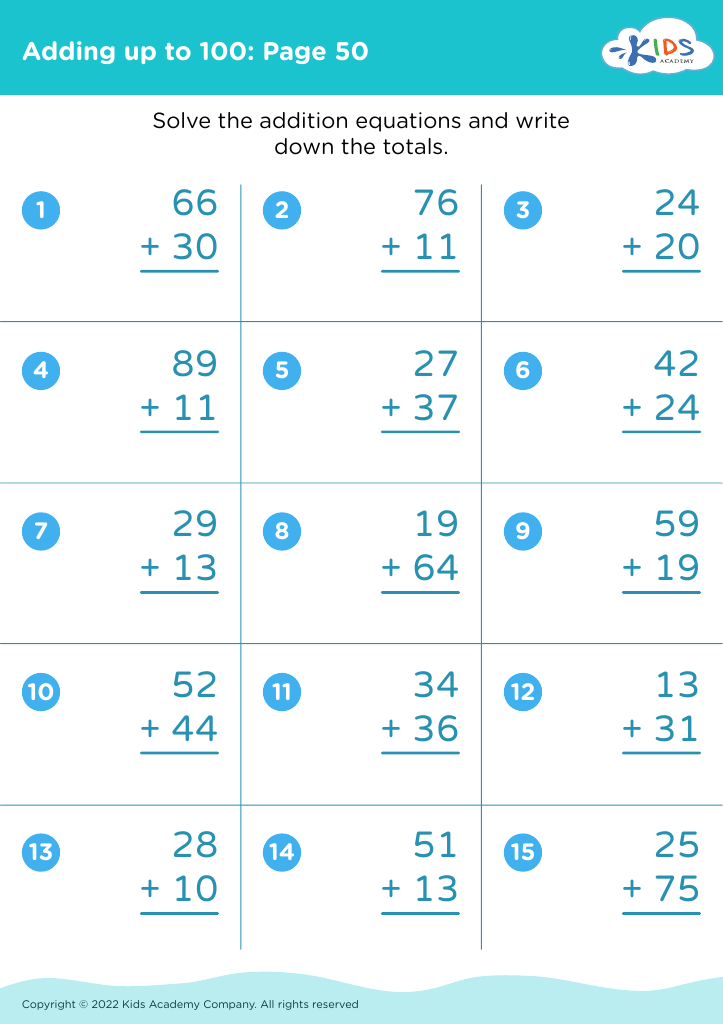
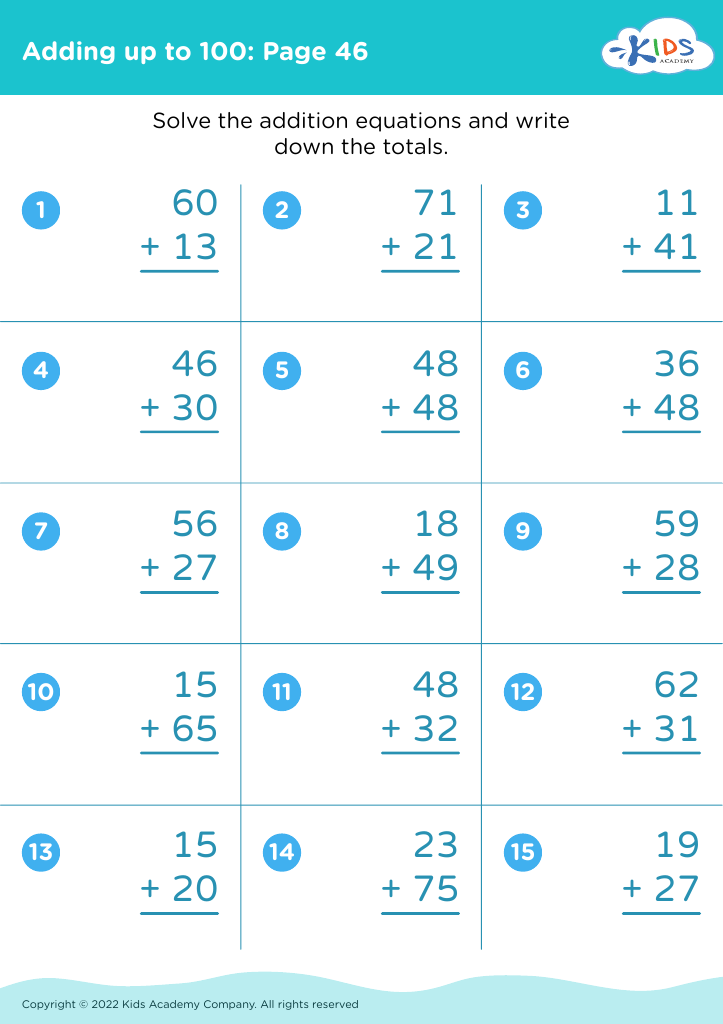




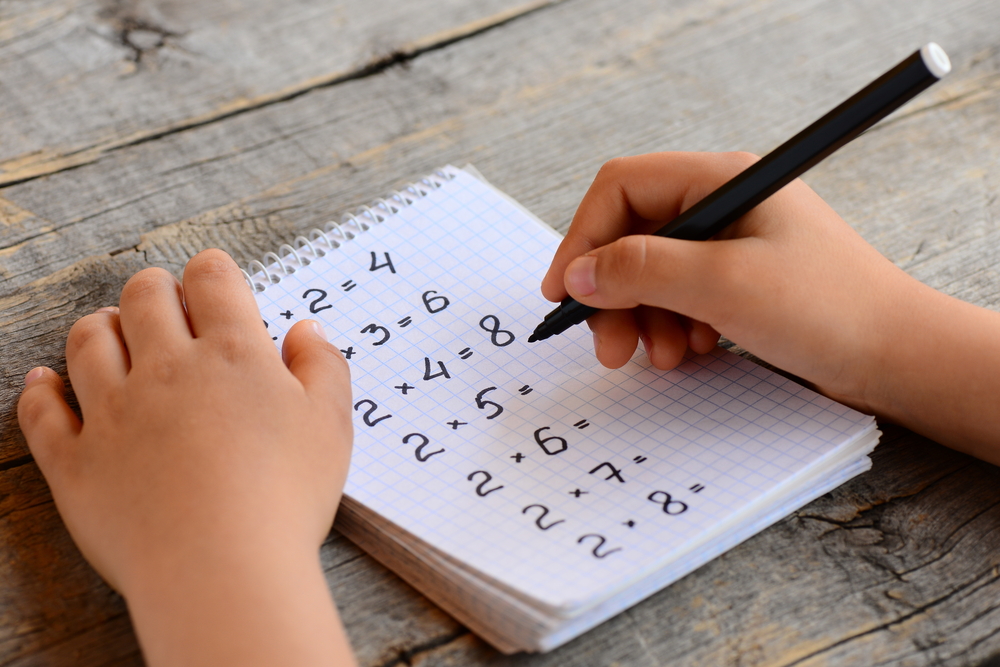



.jpg)









